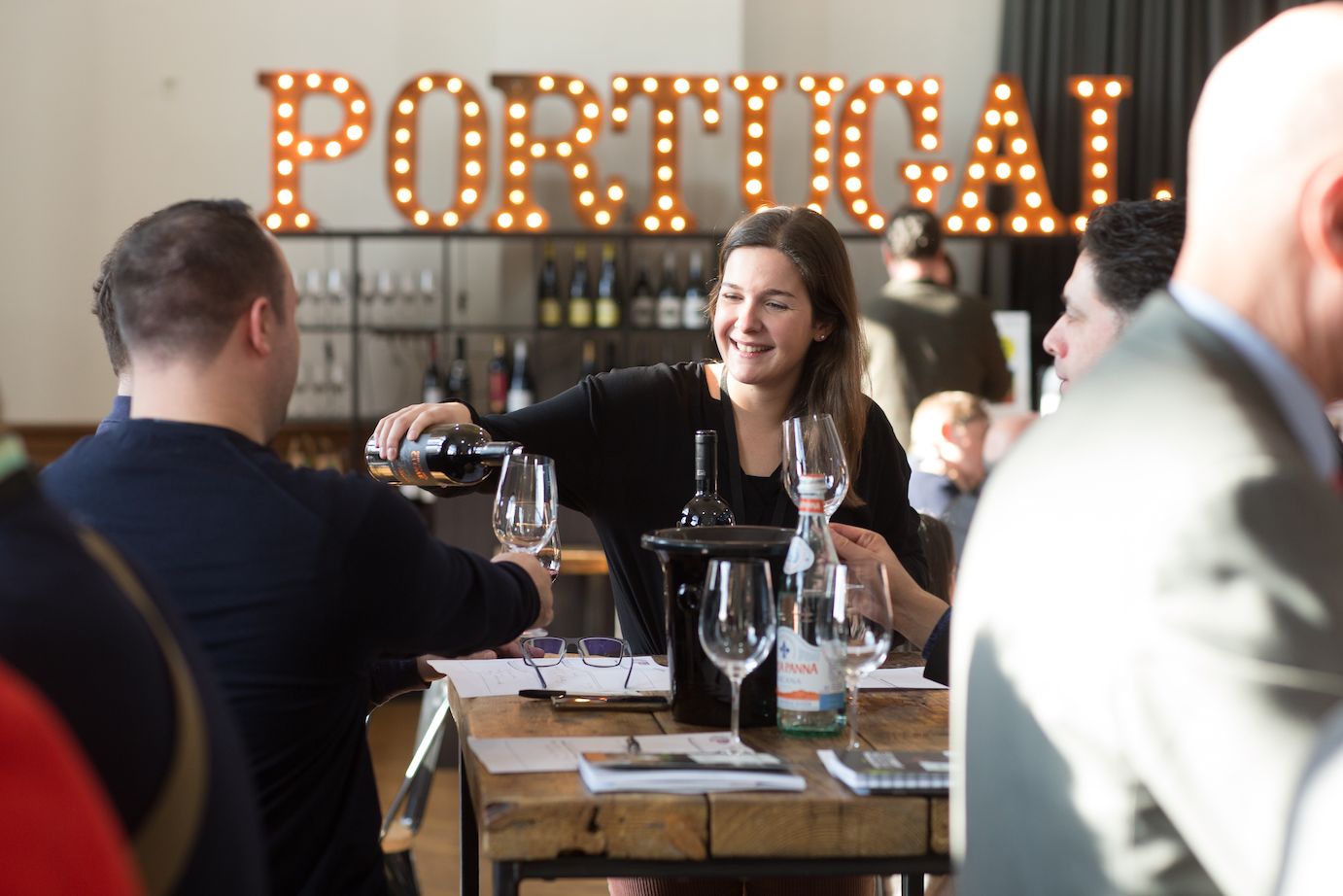We highlight the wines that showed real innovation and quality and pick out the current trends – multi-regionality, being one of the key developments.
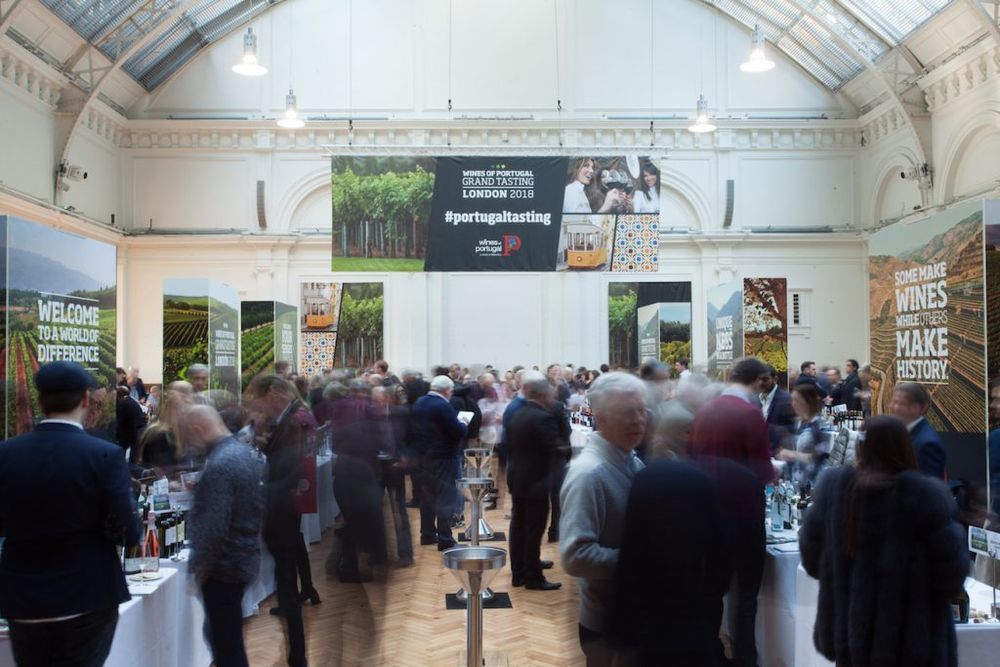
Last year, the great British public discovered Portugal with visitor numbers to the Algarve, Lisbon and Porto showing very strong growth, thanks to the perception of good value for money – a key consideration for Brits hoping to spread their Brexit-battered pounds a little further.
Much the same seems to have happened to Portuguese wine imports to the UK: sales of quality DO wines rose 37% by value last year and over 45% by volume, reaching 38,100 HLs against 26,124 HLs in 2016. Jorge Monteiro, President of ViniPortugal, in London to attend the annual Wines of Portugal tasting, is in no doubt why.

Jorge Monteiro, President of ViniPortugal
“Our market position is getting stronger because consumers see the opportunity to taste something different, good quality wine that somehow gives a different experience and which – compared to French or Italian wine – is not so expensive,” he says.
This last point he reckons is key and has encouraged ViniPortugal to continue investing into such mature markets as the UK as well as emerging ones like Angola, Brazil and China.
He says that last year was good for the industry in other ways, despite dreadful forest fires which affected wine regions north of Lisbon (also leading to a tragic loss of life) and growing problems of water shortage to the south, in Alentejo, which he admits is a growing worry for wine producers there.
“Unlike other wine producing nations like France or Italy, our overall production actually rose: we produced 6.7m hectoliters compared to 6m hectoliters in 2016, and that is pretty close to the annual average,” he says.
Producers are now offering a much broader spread of wines
A wander around the tasting suggested some notable absences (no Symingtons, no Cortes de Cima, no Quinta do Vallado, no Luis or Filipa Pato and no Adega de Moncao). However the impression was clear that both established and emerging producers alike – and a total of 92 were present – are keen to continue using ViniPortugal’s help to boost their UK market imprint.

The hall had an area devoted to Tejo – the only region to get its own section – which has struggled to define itself against better known regions such as the Douro, Vinho Verde and Alentejo. Some continue to perceive Tejo wines as cheaper and poorer quality, lacking also the innovative producers that Dao and Barraida boast.
However, Tejo aside, Monteiro says it is up to the regions and producers to promote themselves, whilst ViniPortugal sticks to its core role of promoting Portuguese wines as a whole.
“Increasingly producers are coming to realise that they need a broader range of wines to serve the market, not just their own wines from, say, Vinho Verde or Douro. We are seeing much more multi-regionality, with producers buying producers from other regions – as Vinho Verde’s Avelada did last year with its purchase of Quinta Vale Donna Maria – or teaming up with like-minded producers, as the Douro Boys have done. This is a very effective strategy and also rationalises marketing costs,” Monteiro says.
So who were the stand-outs at the tasting?
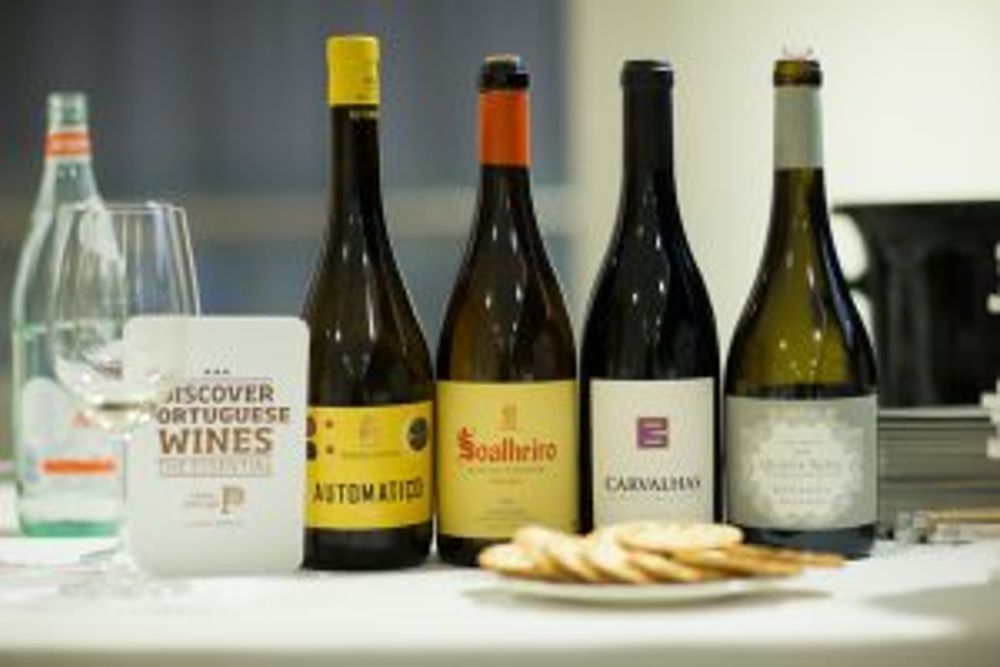
As ever, Raymond Reynolds‘ portfolio was impressive, boasting Casal Santa Maria from the Lisbon region – best known for their delicious Colares wines, Ramisco (red) and Malvasia (white) grown in sandy soil just yards from the ocean outside Lisbon.
Alentejo’s Herdade da Malhadinha Nova who were also showing wines from their impressive Algarve winery Quinta do Convento do Paraiso (try the tough but delicious Sousao 2015, proof this grape has a life beyond Vinho Verde/Douro where it is more generally cultivated).
Quinta de Soalheiro from Vinho Verde, reaffirming its reputation as one of that region’s best quality producers
Quinta dos Roques from Dao, whose white wines – notably those from Encruzado but also Cercial, Malvasia Fina, Bical and Gouveo – have come on remarkably, even though jovial owner Luis Lourenco justifiably built his reputation on his amazingly concentrated and age-worthy reds, especially those from Dao’s best known native variety, Touriga Nacional.
And of course, there was the incomparable Niepoort. Best known for his Douro wines, notably Drink me Kali Tinto and Branco, and the high end Redoma, Dirk Niepoort was also showing his impressive wines from Dao and Barraida, made with Portugal’s famously tannic and tricky Baga grape. The Dao Conciso Tinto 2015 and Poerinho 2015 (this last made in 2500 litre old oak barrels) from Barraida were the stand-outs here, showing amazing concentration and fruit despite having just 12% and 11.5% alcohol respectively.
Elsewhere, Casa Santos Lima (Lisbon and Algarve) had some excellent wines, whilst for sparkling wines – an under-represented segment ViniPortugal is keen to push – Campolargo from Barraida was the go to stand, showing Baga’s versatility in sparkling wines, which the winery makes in a variety of styles at differing price points.
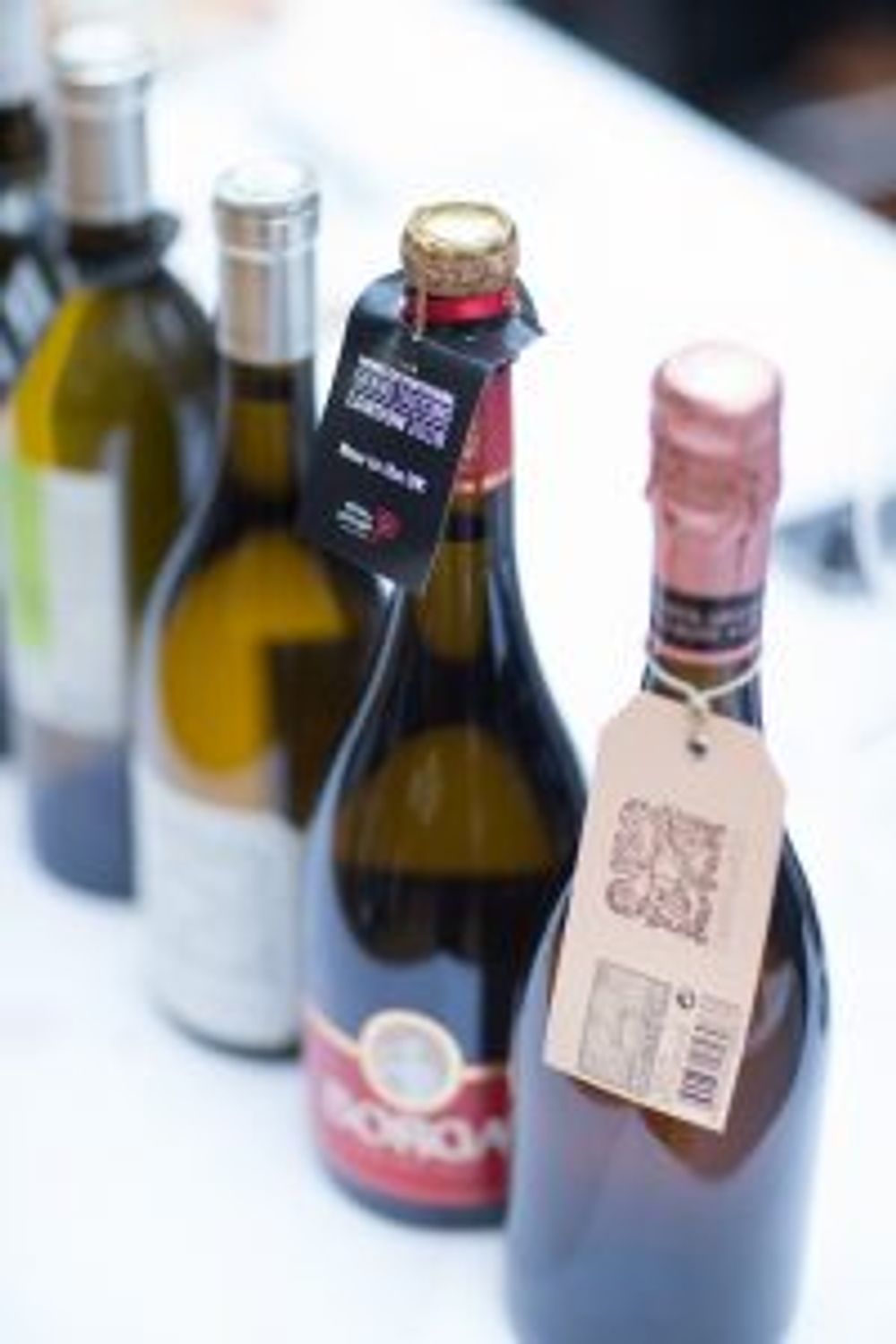
Other names that impressed?

Famous Douro producers Quinta do Crasto, Quinta do Noval and Herdade Do Mouchão were all present and correct, their wines as solid and reliable as ever, as were Esporão, showing winemaker David Baverstock’s Alentejo and Douro wines.
At the value end Bacalhôa, JP Ramos and Vinho Verde coop Adega Ponte de Lima were the go-to stands for quality whites in particular.
And it wouldn’t be right to not mention the impressive wines made by two very different producers, Anselmo Mendes from Vinho Verde and FitaPreta from, well, all over Portugal really.
Mendes has become one of Portugal’s most respected winemakers, with good reason, A visit two years ago to his winery near Moncao, close to the Spanish border, suggested a modest producer keen to make the most of Vinho Verde’s local grapes. The reality was quite different – tasting his wines then, and at the Wines of Portugal tasting last month, revealed an ambition quite unlike others in the region.
Amongst Mendes’ Vinho Verde wines, Contacto 2017 (an Alvarino made with skin contact), Muros Antigos Loureiro 2017 and Muros Antigos Alvarinho 2017 all impressed with their finesse and linearity. But he is experimenting too; try his Pardusco 2015, a delicious, smoothy tannic local blend of Vinhao/Pedroa or his Douro field blend, Nao Convencional 2012, just 12.5% but wonderfully nuanced with a peppering of many of the Douro’s red varieties. Delicious. (Clark Foyster).
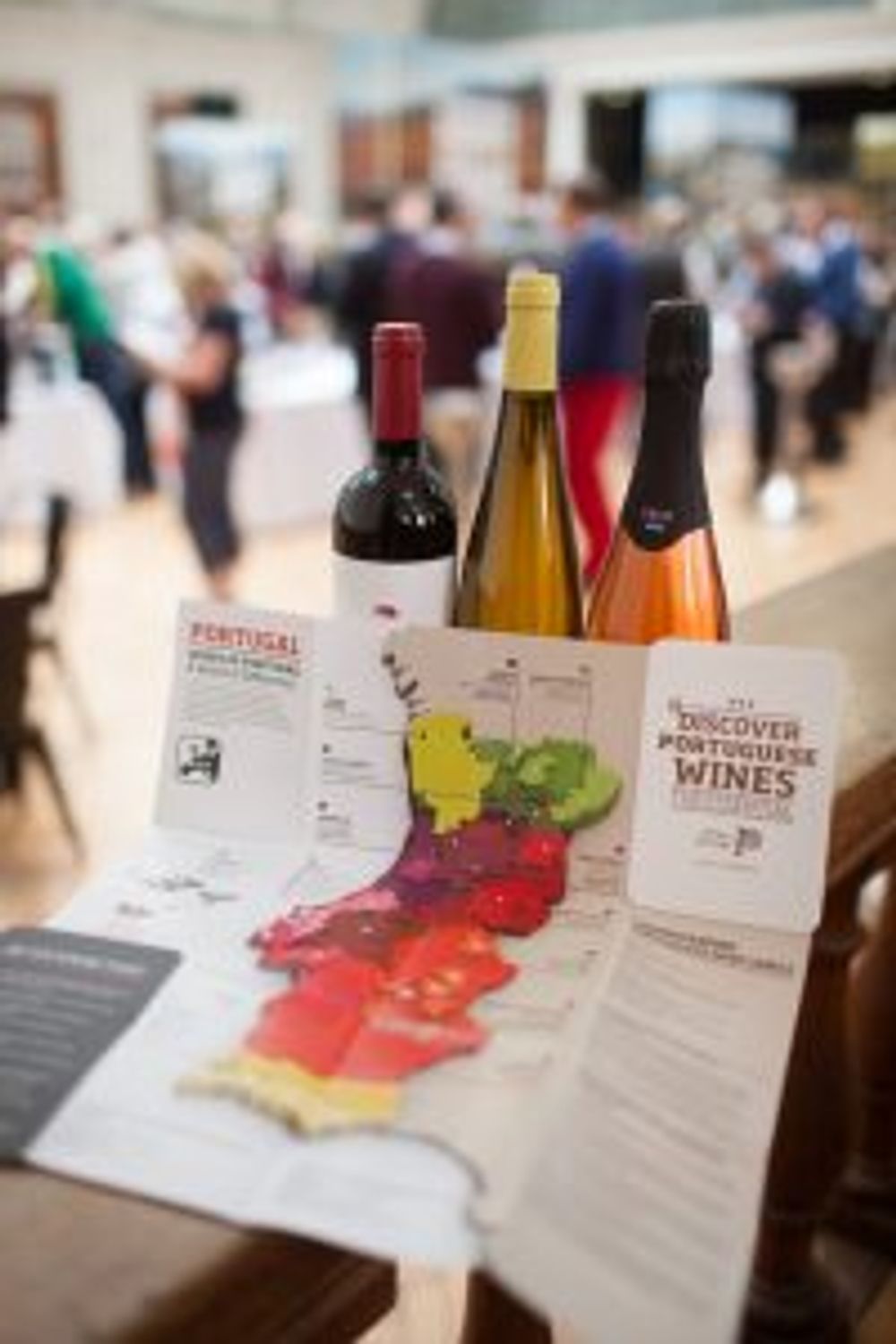
FitaPreta was established by my late friend David Booth with young winemaker Antonio Macanita in 2004 and had its first big success with a commercial brand called Sexy, which continues (people were queueing at the stand to take photos of the colourful bottles).
Since David passed – tragically young – in 2012, FitaPreta has gone from strength to strength thanks to Macanita’s verve and innovation. Amongst other places, this has taken him to the Azores where his range of indigenous varietal wines continue to be sought after, despite tiny volume.
The bottles here – which include Arinto dos Azores, Verdelho and my personal favorite Terrantez do Pico alongside the more commercial but still excellent Tinto and Rose Volcanico – were all tasting as authentic as ever, the salinity of the Azores volcanic soil making its presence felt through the fresh fruit.
Equally impressive though are two of Macanita’s other wines, from Alentenjo, the full bodied Preta Cuvee 2014 (Aragonez, Alicante Bouschet and Baga) and the Baga Alentejano 2015, a remarkably full-bodied and luscious interpretation of the variety, with lots of fruit balanced by firm, soft tannins.
David always believed in Portuguese wine because of what he felt was its authenticity and he would be so proud of what FitaPreta has achieved.
He would also have been impressed with many of the other wines at this tasting. For all the talk of the new Spain, new wave South Africa or Languedoc’s renaissance, Portugal, whose wine industry is now virtually synonymous with innovation and quality, has set a pretty high bar.

